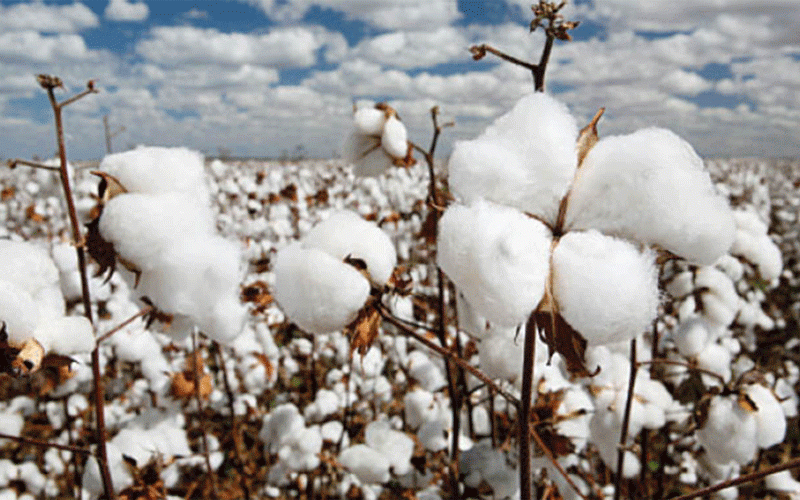
Zimbabwe cotton lint production dropped by 38% to 22 978 tonnes during the 2021/22 marketing season as a result of a severe drought that hit most parts of the country, official data shows.
The amount of lint produced during the previous marketing season was 37 180 tonnes.
Data from the Agricultural Marketing Authority (Ama) showed that domestic consumption was 6 893 tonnes during the review period, while lint exports totalled 16 084 tonnes, or nearly 70% of total production.
Government policy is that ginners export 70% of their total lint output, with the remaining 30% being used in Zimbabwe. The Ama data shows that Zimbabwe has generally maintained this threshold although there have been claims in the industry that up to 90% of Zimbabwe’s lint was being exported.
The policy was developed by the government to support the local textile sector.
Globally, lint production grew from 96,9 million bales in the 2020/21 season to 98 million bales in the previous season. Consumption dropped to 114,8 million bales in the period under review from 120,7 million bales within the same timeframe.
Cotton Company of Zimbabwe, which owns six ginneries, has the most ginning capacity with 27,52% of the total. The AVC is the second-largest ginnery owner with 22,71% of the total and China Africa is third with 11,67%.
Other ginneries account for the remainder.
- Addressing unfair trade key to transforming African food systems
- I don’t have depth: Bosso coach
- Private transporters, police clash
- Residents finger ZETDC employees in cables theft
Keep Reading
“The average ginning outturn in Zimbabwe is about 41%. Cottco met the bulk of the domestic lint requirements during the 2021/22 marketing season. Exports are mainly to Europe, Asia, and Far East countries. Lint quality remains high,” Ama chief executive officer Clever Isaya said in his 2022 end of year cotton report submitted to the Lands, Agriculture, Fisheries, Water, Climate and Rural Development ministry.
“Drought, late and non-payment of grade deferential prices in the past compromised desirable agronomic practices, on-farm grading and overall seed cotton quality. This limits the impact of farmer and extension worker training that have been done by Ama over the years. The quality of lint, however, remains high as the seed cotton undergoes cleaning at ginning depots,” Isaya said.
Ginned cotton seed is an important raw material for oil expressers who use it to produce cooking oil, while the cake residue is used in the manufacture of stockfeed. There are eight players in the local oil processing market, among them Surface Wilmar, Olivine Industries, and United Refineries Limited.
The annual crushing capacity for the oil expressing business is 384 000 tonnes. Approximately 651% of cotton is available as crushing-ready seed.
According to the Ama chief, the industry's crushing capacity is not being used to its full potential because of cash flow issues and low effective product demand as a result of fierce competition from relatively affordable imported crude vegetable oil from South Africa and high prices for other products.
Additionally, the industry must deal with outdated machinery, insufficient and inconsistent power sources, and high processing and raw material costs, all of which put it at a disadvantage.
Follow us on Twitter
@NewsDayZimbabwe






